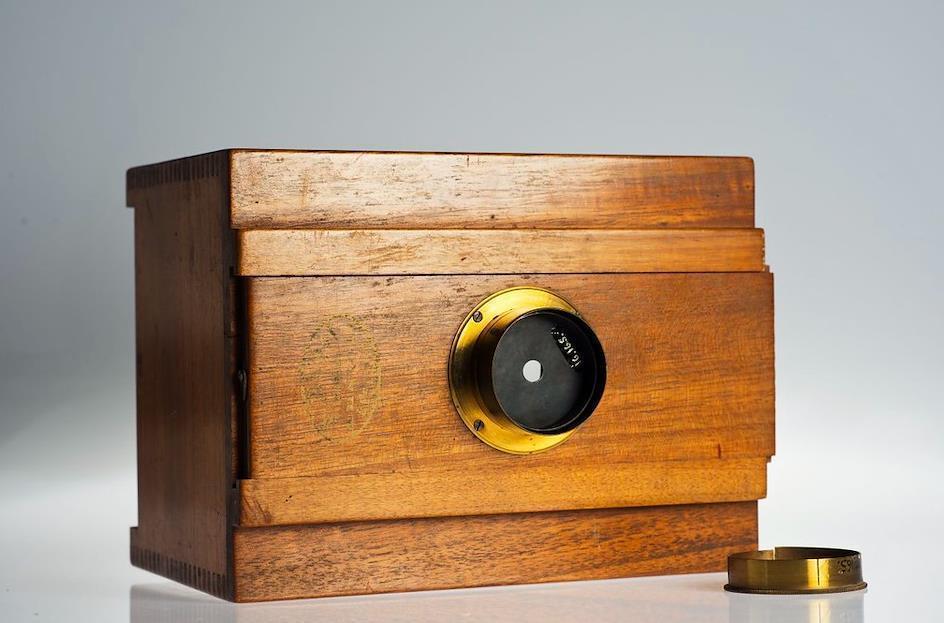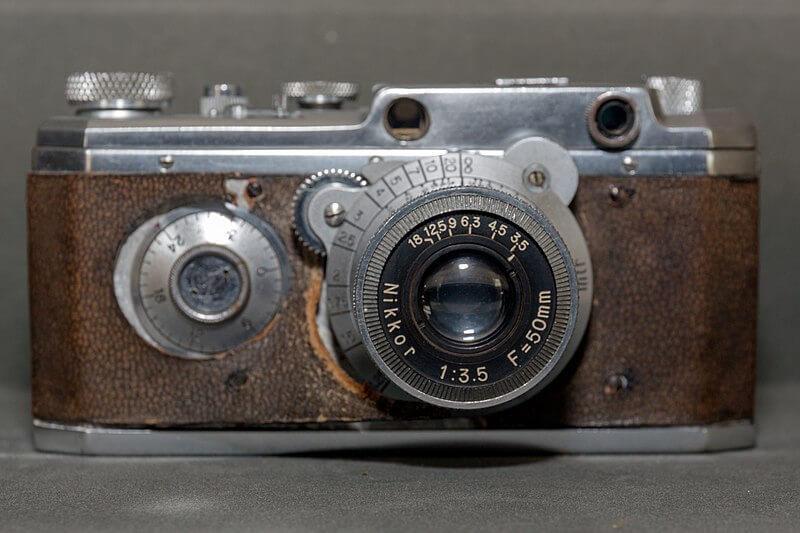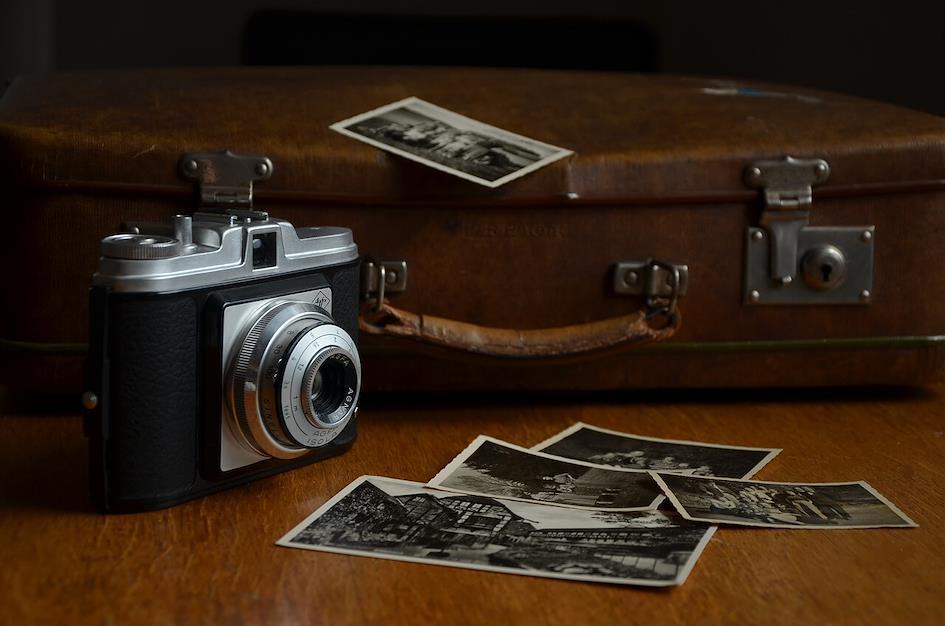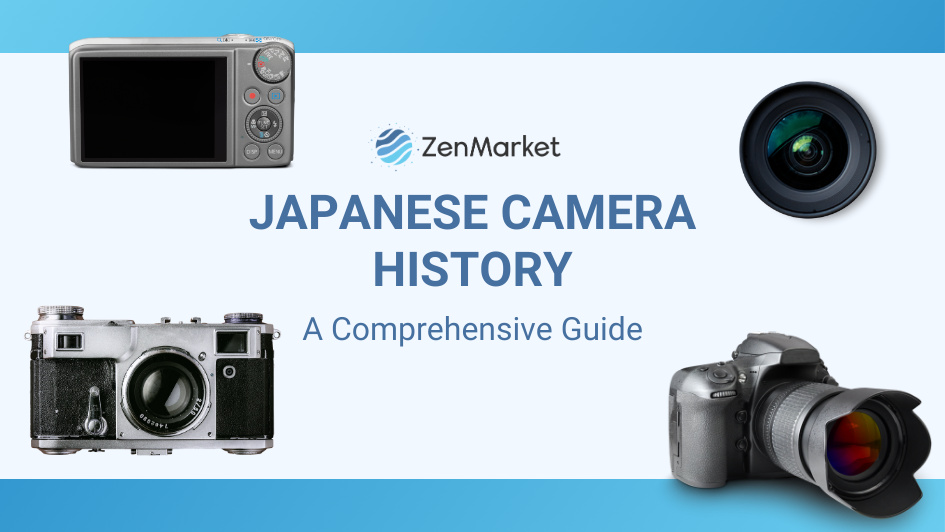[ad_1]
The world of photography wouldn’t be the same without the innovation and dedication of Japanese camera manufacturers. From the iconic red dot of Nikon to the vibrant colours captured by Canon lenses, Japanese cameras have become synonymous with quality and cutting-edge technology. But the story behind these beloved brands goes far deeper than just sleek designs and high-resolution sensors.
We’ll see how Japanese camera makers started by learning from others and then went on to compete fiercely, pushing each other to create even better cameras. In the end, we’ll discover how these Japanese companies became the photography giants they are today!
The Early Years (1840s–1920s)
The story of Japanese cameras begins in the mid-1840s with the arrival of the Daguerreotype camera, the first commercially successful photographic technology. A few photographers, such as Shimooka Renjo and Uchida Kuichi, eagerly embraced this new invention and took early images of Japan’s landscapes and people. But the processes employed in using a daguerreotype were complicated and expensive, requiring long exposure times as well as hazardous chemicals.

A wooden box with a lens. Photo courtesy of Flickr.
However, these early encounters with photography laid the groundwork for future innovations. By the 1910s and 1920s, domestic production of cameras began to take root in Japan. Mikami and Maki Shoten were some of the companies that came into existence, mainly imitating existing Western camera brands. In particular, these early Japanese cameras were known for their high-quality workmanship and attention to detail.
This period also saw the rise of Japan’s expertise in optics. Nippon Kogaku K.K., also known as Nikon, was founded in Tokyo in 1917 by three optical manufacturers. Initially specializing in optical lenses, the company eventually expanded into camera manufacturing, playing a key role in Japan’s rise to the top of the global camera industry.
Also Read: WHERE TO BUY JAPANESE CAMERAS
Pioneering Advancements (1930s–1960s)
It was an important period in the history of Japanese cameras during the 1930s when iconic companies emerged to dominate the industry. Manufacturers like Nikon, Canon, and Olympus are some of the iconic companies that established themselves at that time; each introduced innovations that revolutionized global photography.
Canon, initially named Precision Optical Instruments Laboratory when it was founded in 1937, made strides in camera technology by launching Canon Hansa in 1936. The camera is a German Leica-influenced 35mm focal-plane shutter (FPS) used for the first time in Japan. Another innovation is the Canon AE-1. It is a microprocessor-based SLR model presented to the market in 1976.

Canon Plaza S. Photo courtesy Wikimedia Commons
On the other hand, by 1917, Nikon had established itself as a major manufacturer of optical instruments. To cater to the growing market for cameras, Nikon entered the industry with their first camera, the Nikon I, launched in March 1948. The strong and versatile rangefinder camera, built around the 35mm format, quickly earned a reputation for producing excellent-quality pictures, becoming an essential tool for photographers for decades.
Another significant development that took place during this period was the entry of Olympus into the camera market in the 1930s. Unlike other companies, Olympus concentrated on producing small and portable cameras that could be used by a wider range of customers. For example, their design innovations, like the introduction of a semi-miniature pen in 1959, a compact half-frame camera known for its portability and versatility, helped to democratize and make photography accessible to ordinary people.
Even though Japanese camera makers made advances, World War II halted Japan’s production of cameras temporarily. However, production for civilian use was prioritized after the war, and this led to an increase in camera production as well as innovation. The Nikon F, famous for its lens system and robust design, revolutionized photography. It therefore became the camera of choice for photojournalists and documentary filmmakers worldwide, making Japan one of the leading countries in camera manufacturing.
The Rise of Japanese Camera Exports
Japanese cameras became world-famous in the 1950s and 1960s; their competitive price made them popular among ordinary people. These cameras were well-built, dependable, and long-lasting and could produce high-quality pictures. The manufacturers always came up with new features like auto exposure and pocket-sized designs to meet the changing needs of photographers.
In medium-format cameras too, Japanese companies like Fujifilm and Pentax made remarkable contributions by developing systems that are popular among professionals.
In terms of video and cinema cameras, Japanese brands like Canon and Sony have emerged as leaders in the field. Their high-end cameras are widely utilized in filmmaking and broadcasting.
Finally, the Japanese camera revolution changed photography, making it affordable and accessible to everyone. This allowed people from all walks of life to capture their own stories and experiences.
By the 1960s, Japan had secured a place among the leading global camera markets that greatly changed the photographic industry.
Era of Automation and the Digital Revolution (1970s–Present)
In the 1970s, there was a photographic revolution with the introduction of electronic cameras! These new cameras had features like autofocus, auto exposure, and even a built-in flash, which made photography easier for everyone not just professionals.
But that’s not all! Japanese companies like Canon and Nikon majorly invested in research and development to produce high-quality zoom lenses that offered excellent image quality and versatility. Thus, photographers were able to capture a variety of perspectives more easily.

A Polaroid camera with luggage. Photo courtesy Pixabay
The 1980s and 90s saw another development, the rise of the compact camera, also known as the ‘point-and-shoot’ camera. These user-friendly cameras with automatic features further democratized photography, making it a mainstream form of personal expression.
Also Read: BUYING JAPANESE CAMERAS IN BULK
Canon’s revolutionary EF (Electro-Focus), launched in 1978, became their first commercially successful autofocus SLR camera that was immensely fast and accurate. It was followed by Nikon’s F3AF in 1983, which also improved autofocus technology. This led to new advances in autofocus systems. Meanwhile, Fujifilm and Sony have emerged as major global contenders through innovative autofocus systems incorporated into their cameras. Fujifilm’s X-series mirrorless cameras and Sony’s Alpha series are mainly known for their cutting-edge auto-focus properties and other attractive features like sleek designs and exceptional image quality.

Nikon DSLR and old camera. Photo courtesy Stockvault
The late 20th century witnessed the emergence of digital imaging technology. The RC-701 prototype (1986) by Canon can be regarded as one of the pioneers leading to the digital revolution, whereas Nikon’s D1 (1999) was regarded as their first professional digital SLR camera, and they maintained their status during this era.
Conclusion
The story of Japanese cameras isn’t just about the past. These companies are constantly pushing the boundaries of what can be achieved. From the rise of computational photography to the potential of AI integration, Japanese manufacturers are shaping the future of how we capture and interact with the world around us.
In the constantly evolving world of photography, retro cameras hold a special place. These vintage cameras give a nostalgic feel in terms of using them and producing photos that evoke certain emotions and memories.
While the ‘best retro camera’ will always remain contentious, this article can still help you select vintage cameras that suit your preferences and budgets. Know that looking for some of the listed cameras here poses some challenges. So, it’s important to do your research as well.
Fortunately, buying cameras from Japan adds an extra layer of authenticity and security to get your hands on these vintage cameras.
By doing due diligence and allotting your budget, in no time, you’ll surely own one of these cameras that are part of photographic history and that continue to capture timeless moments with unmatched grace.
Embrace the retro allure and embark on a journey to preserve memories in style.
Also Read: BEST VALUE RETRO JAPANESE CAMERAS
Have you signed up for ZenMarket yet?
ZenMarket is the place to get your hands on goods directly from Japan!
[ad_2]
Source link

